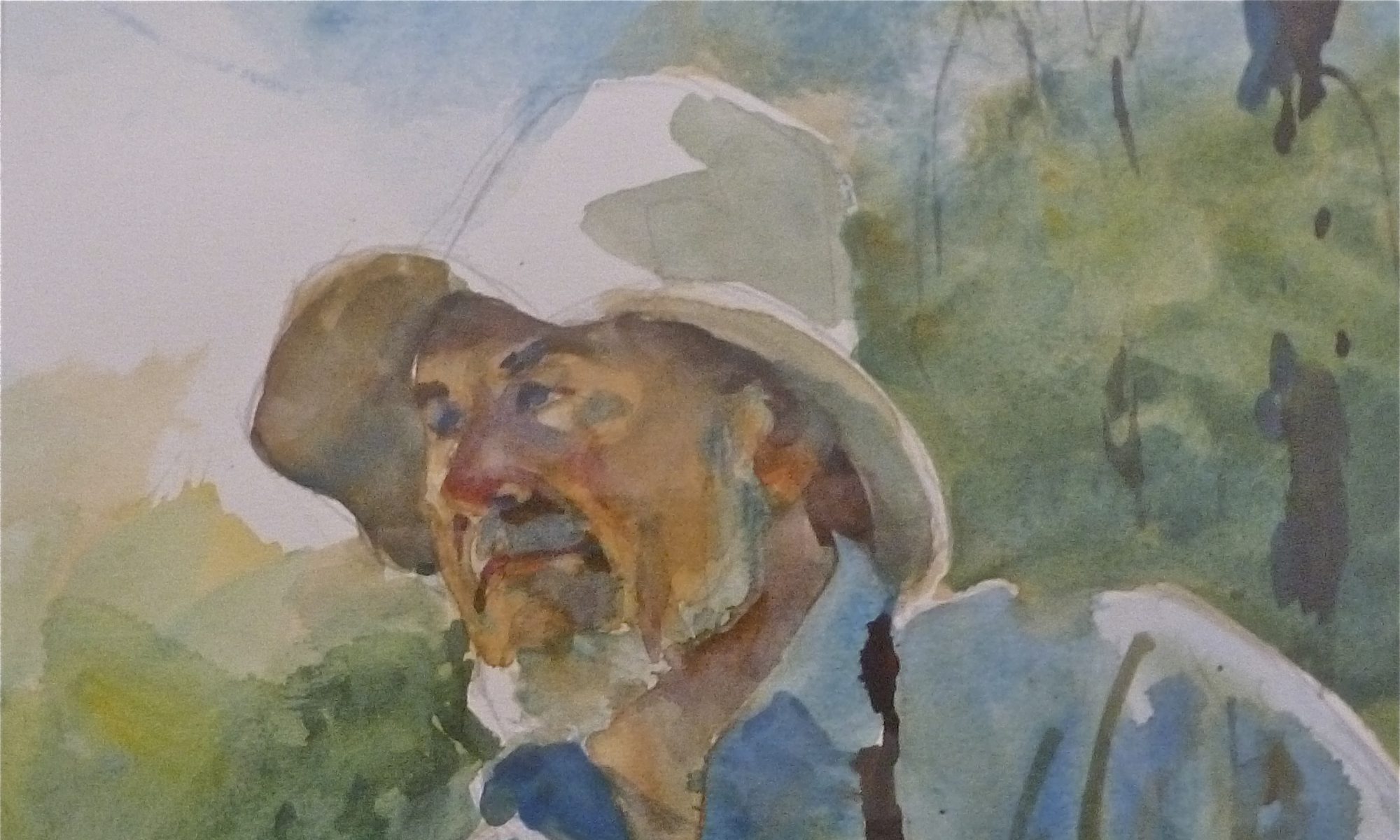2/9/2020.
Today is National Pizza Day. And, YES, I will be making a cheese & pepperoni pizza tonight.

I am including a previous published blog. Many of my new followers may have not seen it.
Enjoy your PIZZA day!
Research tells me the first American pizzas were known as “tomato pies.” Tomato pies are built the opposite of the “Pizza Pie,” first the cheese, then the toppings, then the sauce.
It wasn’t until the 1950s that Americans started to notice pizza. Celebrities of Italian origin such as Jerry Colona, Frank Sinatra, Jimmy Durante, and baseball star Joe DiMaggio all devoured pizza. It is also said that the line from the song by famous singer Dean Martin, “When the moon hits your eye like a big pizza pie, that’s amore,” set America singing and eating pizzas! [1953].
I cannot remember having a pizza during World War II or before. My parents would try many places for a Saturday night pizza. The closest pizzas were the Bridgwaye Inn and the Humarock Lodge, but neither were satisfactory.
Next tries were a place in Fieldston, then Brant Rock, with no luck.
A Greek restaurant in Scituate, nope. Not that these pizzas were bad — they just were not pleased with some part of the pizza.
Maybe 1947 or 8, my uncle Herb, Dad’s twin, got a nighttime job at the Rockland Bar and Grille in Rockland. Herb alerted my parents to the great pizzas. One Saturday night we drove to Rockland to try one. I think in those days there were only cheese pizzas. It was great!
Whenever my folks wanted a pizza, off to Rockland we went. I can remember after I got my driving license (May 1951), I would be sent to Rockland for a takeout pizza.
In 1949 or 50, a new building was constructed at 20 Sea Street, in Humarock (really Seaview). A family from Quincy, that operated a pizzeria in Quincy, opened Miramare Pizza as a summer business.
There was Sal, the cook; his sister Celeste was the waitress and cook; and the matriarch mother, Naomi, ran the cash register. They would let me stash my bike behind the building when I went to Humarock. This was during the rebuilding of the new Sea Street bridge, during the summer of ‘ 51 (completed in 1952).
After stashing my bike, I would take my chances crossing the bridge over the catwalks provided for the work crew. They were planks maybe 10” wide and stretched randomly across the spans of the old part — and some of the new parts of the construction too. We kids from both sides would, at night, go to Humarock or cross back to get to the pizzerias, or to “Stead’s.”

Pizzerias, yes. At one time, another pizzeria opened in the Davis bakery across from Miramare’s.
Miramare’s pizza place had plenty of parking, but the joint across the street did not — so people would park in Miramare’s lot and walk across the street to the other place.
Well Naomi would have no part of that. She would yell out the front door to get the hell out of her lot! If they did not respond, Naomi would stomp right up the stairs into the joint and make them move their car or she would call the cops. She would make quite a scene!
Some of my friends liked the other pizzas. One time I joined them but didn’t purchase any food, only a soda. Well Naomi saw me coming out of the joint and did she give me hell.
I explained I didn’t buy anything but a soda. It didn’t matter. If you’re going in there, don’t come in here!”
Later that night, I went into Miamare’s for a pizza with a friend. I got the cold shoulder from the old matriarch.
One cheese pizza: 75 cents. Two drinks: 20 cents. A 15 cent tip. Total: $1.10, split 55 cents each. That was the summer of 1952.
Miramare’s stayed into the 60s. It closed soon after Sal died.
Now Papa Gino’s gets our $10-$12! We don’t have a Papa’s here in “Down East” Maine, so my wife and I put together a pretty good ‘roni and ‘shroom pizza every Sunday night.
 |
| I don’t remember 5 cents. But I do remember a 10 cent slice. There’s no better feeling in the world than a warm pizza box on your lap.
Kevin James |
Ray Freden
Sea View resident 60 years, Marshfield, 70











